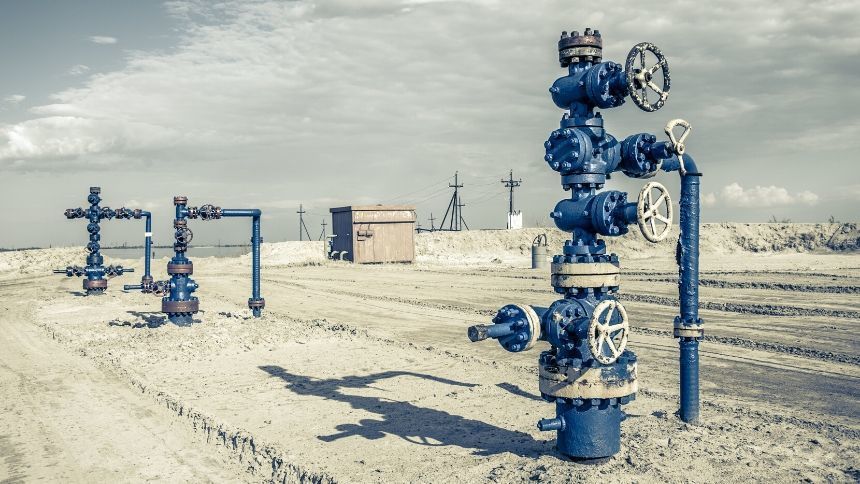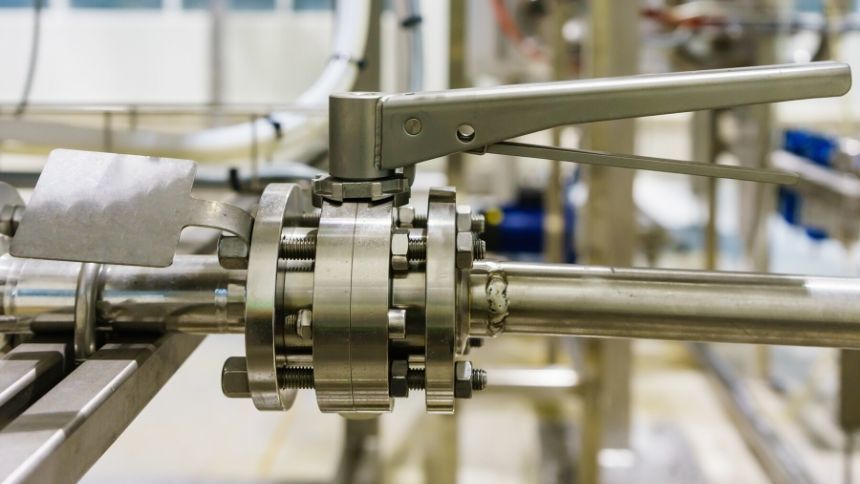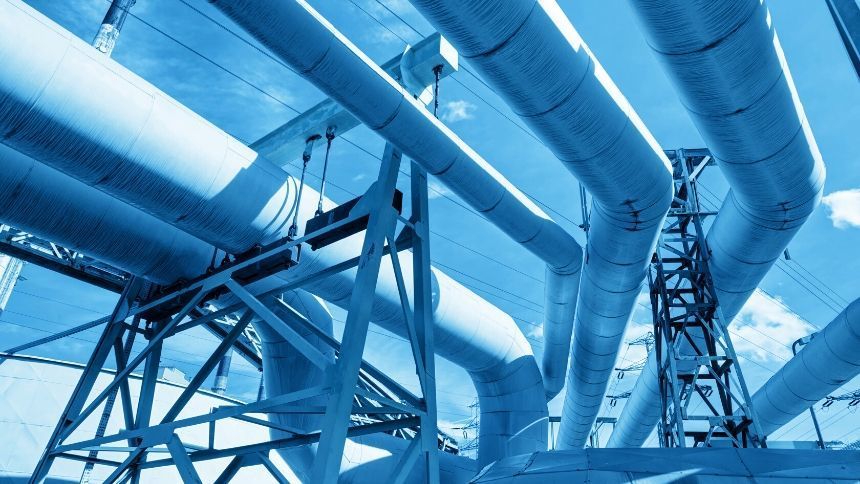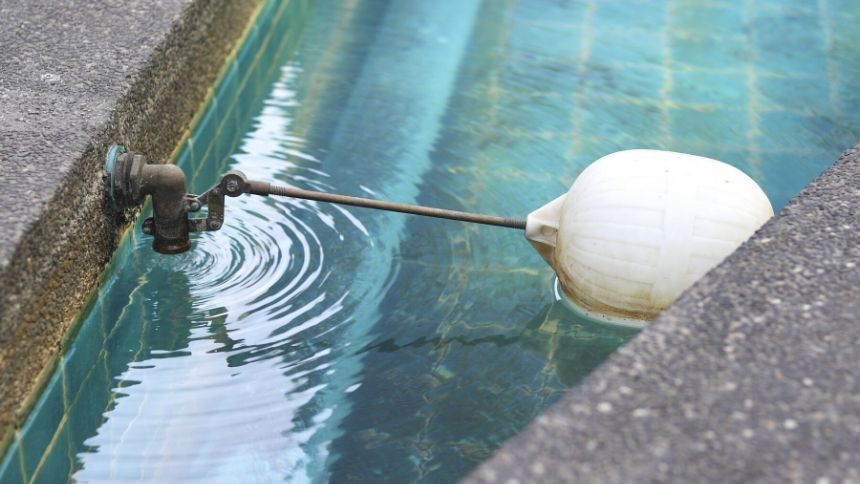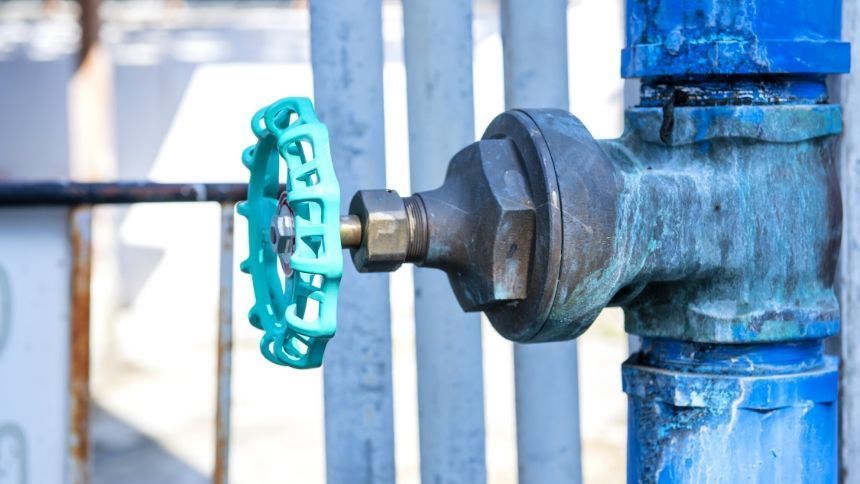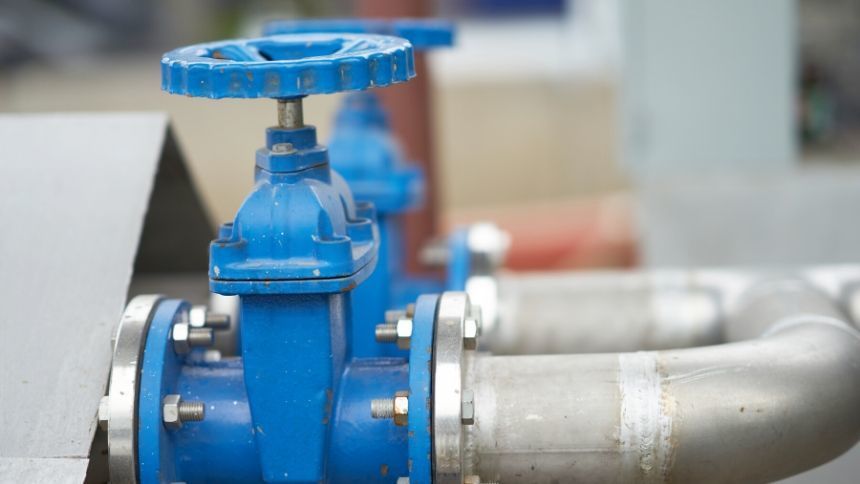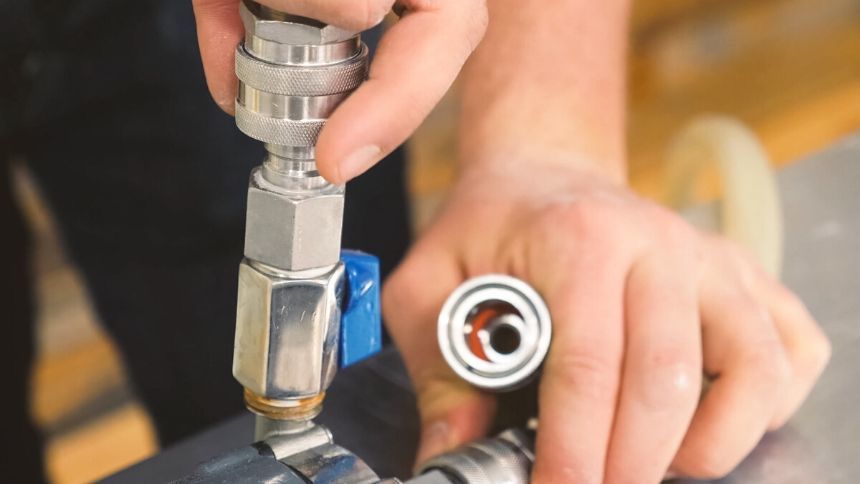Ball Valves: Different Types and Their Applications
Tony Mers • June 19, 2019
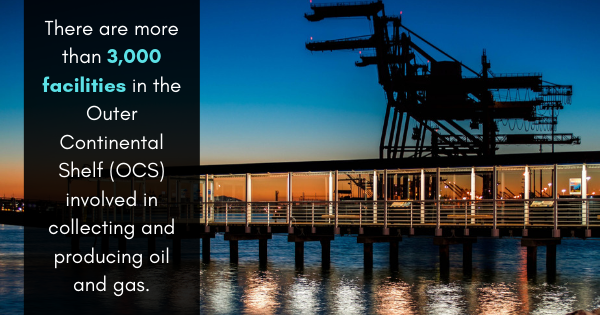
There are more than 3,000 facilities in the Outer Continental Shelf (OCS) involved in collecting and producing oil and gas.
If you’re an oil or gas engineer, you know that ball valves are very essential components of piping systems. They are used for various purposes throughout the oil and gas industry. For upstream applications, they control the flow of oil. For the midstream, they protect equipment by controlling the flow of gas and oil. For the downstream, they are used for refining crude oil.
Because of their prevalence in the industry, it’s important for every engineer to be familiar with the various kinds of valves, or at least the most common ones.
American Ball Valve Components
The major components of a ball valve are the body, the ball itself, the steam, and the seats.
The ball valve may be soft-seated or metal-seated. It can be multidirectional, bidirectional, or unidirectional—this depends on how many valve ports and seats there are. This is the same for multiport plug valves.
American Ball Valve Applications and Advantages
- Ball Valves can be used for different kinds of fluid services, as on/off stop-valves with bubble-tight shut off.
- They are applicable in air, gaseous, and vapor systems, in addition to hydrocarbon systems.
- They are useful for connecting instruments via instrument tubing.
- Metal-seated ball valves are useful in both high-temperature and high-pressure applications.
- Ball valves are easy to operate and cost-effective.
- A multitude of types and configurations make it easy to find the right ball valve for your requirements.
- Ball valves are more compact and lightweight than gate valves of the same rating and size.
- Ball valves can be opened and closed very quickly, with bubble-tight sealing, even in high-pressure situations.
Listed below are some different kinds of American ball valve.
1. Three-Way Ball Valve
Depending on the situation, the ports of a three-way ball valve can be set to one of three ways:
One inlet, two distribute;
One inlet, one outlet, and one diverted flow; or
Straight pass (no inlet).
There are three different patterns available in an American ball valve: full port type, reduced port type, and Venturi port type.
The full port type has an internal diameter that’s equal to the internal diameter of the pipe. This allows for pigging. In reduced and Venturi port types, the port is usually a pipe size smaller than the size of the line.
The spherical ball inside the valve can be free-floating or fixed—these are referred to floating types and fixed types, respectively. A fixed type valve is sometimes called a mounted ball valve.
2. Floating Ball Valve
In a floating ball valve, the ball is held in place by two elastomeric seats. Between these seats, the ball is able to “float” inside the valve’s body.
The valve stem is connected to a slot in the top of the ball. This allows the ball to rotate one-quarter turn, or 90 degrees.
The valve shaft allows for a limited amount of lateral movement for the ball, which is generated from upstream pressure against the ball. This lateral movement, though small, drops a load upon the ball great enough to press the ball against the downstream seat. This improves tightness to avoid leaks.
This kind of ball valve is capable of bidirectional shutoff. However, a floating ball valve is hard to operate when the upstream pressure is very high. To combat this problem, the mounted ball valve is used instead.
3. Mounted Ball Valve
The mounted ball valve offers a solution to the problem created by excessive pressure placed on a floating ball valve.
In a mounted American ball valve, a short shaft, called a trunnion, is set in the body. In this design, the ball and steam work together as a single unit. Two floating or spring-loaded seats support the ball.
The mounted ball valve design requires a lower operating torque. This, in turn, reduces the size of the actuator—as well as the valve’s overall cost. This difference in cost is an important factor as valve size and pressure class increase.
4. Split-Body Ball Valve
In a split-body ball valve, the valve’s body is divided into halves or thirds. The ball, stem, seat rings, and other internal mechanisms are held together inside the body with bolting.
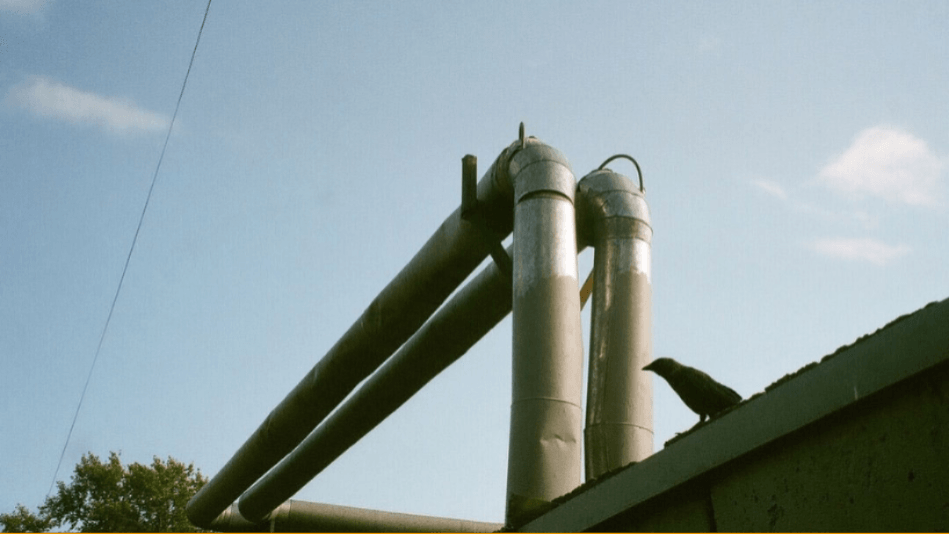
Right now, there are over 3,000 facilities on the Outer Continental Shelf involved in the collection and treatment of oil and gas. These oils and gases are collected from wells -- a process that's performed using certain types of high pressure valves. Of course, different types of American ball valves offer different results and it's crucial that the right projects are executed with the right types of valves. Quite often, the types of valves being used are ball valves, sometimes referred to as pig ball valves or pig vales (as they are used in conjunction with pipeline pigging systems). Before sourcing and investing in valves, it is important to understand the degree to which these valves may differ from one another. Let's delve into some of the defining characteristics of ball valve types. Ball Valve Body Styles Before getting into the exact types of ball valves that are available at the moment, it's important to remember that there are actually four separate types of body styles. These include the single body, split body, top entry, and welded styles. The styles of ball valves available differ from the types of ball valves available. This means that there are number of potential variations that you can see in ball valves. The great thing about this variety is that it means that there is more potential applicability in ball valves than there would be otherwise. Full Port Ball Valves: Turning to the different body types of ball valves, we can first look at the full port ball valve. A full port ball valve is defined by the fact that it has an oversized ball. The oversized ball has a purpose -- it is the same size as the pipeline. This means that there will be less potential friction less than there would be if the ball wasn't the same size as the pipeline, and the flow involved is unrestricted. The valve is larger as well. Standard Port Valves: As their name suggests, standard port valve are quite usual. This means they're less expensive than some alternatives. This type of valve has a smaller ball, and therefore the valve itself is smaller as well. The flow going through the pipe will in turn be smaller and will typically be about one pipe size smaller than the valve's pipe size. This makes it more restricted. The V Port Ball Valve: The V port ball valve is named after its V-shaped seat. What this means is that the orifice through which the product flows can be more easily opened and closed to change its direction. While many like this idea, the construction of this type of valve means that it can't be used just anywhere. It typically needs to be utilized in a more secure site. When the valve is opened, it is usually opened at the "small end" first, which helps stabilize the flow control. Trunnion Ball Valve: Then there is the trunnion ball valve, which doesn't exactly give much away through its name. This type of valve will actually anchor the valve at the top and the bottom through a particular mechanism. This would be applied on larger and more high pressure valves. While this type of valve isn't going to fit everyone's needs, it can definitely be used for particularly high pressure projects. Manually Operated Valves: Finally, these types of valves can be closed more quickly than their counterparts. Though this is an advantage in some cases, it also means that there can be a risk of a water hammer. These can include an actuator, which can be pneumatically or motor operated, which will in turn be used for on/off flow control. The valve will also have a positioner, which transforms the control signal into an actuator position. The flexibility of this type of valve is certainly an advantage to most projects. Now that you're more familiar with the styles and types of ball valves, you'll be in a better position to make decisions that will support your needs. For more information, please contact us today.
